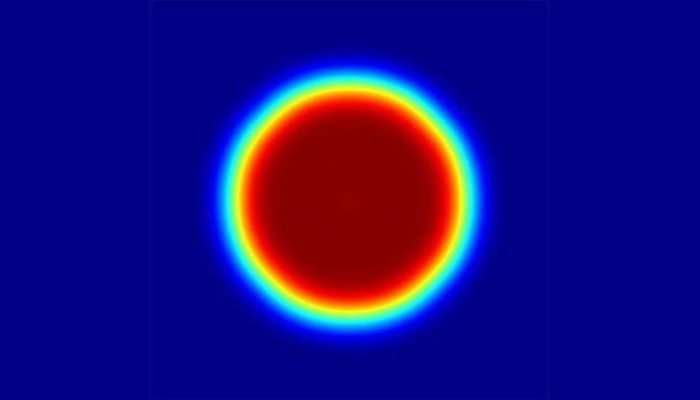The majority of optical lenses are based on geometrical optics considerations. For the layman, this means that the lens will consist of one or two faces with a smooth and continuous curved profile which can be either convex or concave. Light rays passing through a lens having faces like this will be bent towards a focal point.
The same behavior could be explained by assuming the wave nature of light. In this case, the input beam is not described as a set of rays but as a wavefront that is constantly evolving. The presence of a lens imparts a wavefront modulation whose net effect is that the wavefront interferes constructively at a plane located at a certain distance away from the lens, namely the focal plane of said lens.
Although the latter explanation seems more intricate than simply considering light rays, it is a much closer approximation to the real physics of light and opens up the possibility to design an alternative kind of lens. Thus, if the aim is to modulate the wavefront of the beam in a way that constructive interference occurs at the focal plane, then the lens itself can be substituted by an apparently flat window that is divided into radial zones. Each radial zone imparts a constant, though different from the neighboring areas, phase modulation. Then, as a result of diffraction which is the interference effect among the many wavefront beams generated from each zone, a focal spot appears. A component like this is known as a Fresnel Zone plate and is regarded as the precursor of the diffractive lens.
A diffractive lens creates a focal spot by imparting a local wavefront modulation to an input beam. To obtain the structure of the diffractive lens, the first step is to obtain the equivalent curved profile from a lens that will yield the desired focal length, and assume a certain material with its refractive index. Then, that curvature profile is partitioned into radial zones, just as it was done with the Fresnel zone plate. The difference now will be that the resulting curvature profile on each zone will not be set to a constant but it will be quantized such that the modulation is not continuous. The end result is a lens, a diffractive lens, that is lightweight so it can be implemented in all those applications in which mass or volume is a tight constraint. For the same reason, it is less prone to thermal effects. With this in mind, a diffractive lens is an ideal component for certain instruments or devices in which a normal lens would not fit.
For more information about diffractive lenses, please visit holoor.co.il





























